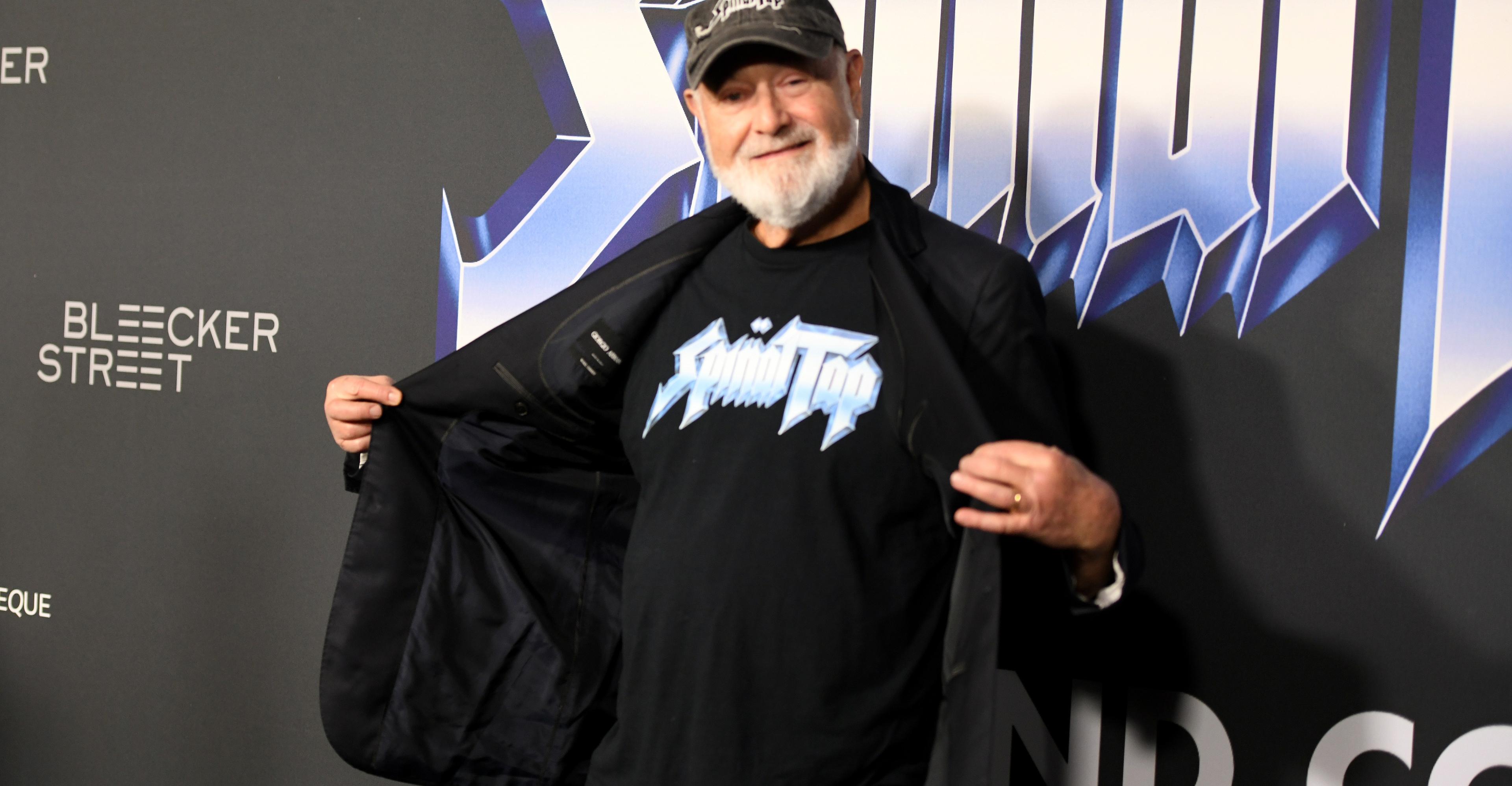Deescalating conflict around protests was possible — but many colleges turned to law enforcement instead.


For weeks, police have been arriving on college campuses from New York to California at the behest of university officials, sweeping pro-Palestinian protests and arresting more than 2,100 people. They’ve come in riot gear, zip-tied students and hauled them off, and in some high-profile instances, acted violently.
The aggressive crackdown started when Columbia University’s president, Nemat Shafik, summoned New York Police Department officers to campus in mid-April to bring an end to the student encampment there, one day after she promised Congress she would quash unauthorized protests and discipline students for antisemitism.
That police intervention temporarily dismantled the encampment, and resulted in the arrest of more than 100 protesters on trespassing charges.
But it was also a strategic failure on the part of the university administration. If the university was trying to avoid disruption, it has ended up inviting it instead.
In the days since, as support for the protesters has swelled both at Columbia and at hundreds of colleges across the country, students have set up encampments, organized rallies, and in a few cases escalated their protests by occupying university buildings. Similar protests even cropped up in other countries.
In response, other universities have taken Columbia’s lead and cracked down on these protests, which seek to end colleges’ investments in firms supporting Israel’s occupation and its ongoing assault on Gaza. Nearly 50 universities have called the authorities to intervene, and students and faculty have been beaten, tear gassed, and shot at with rubber bullets by police.
This week, when Columbia escalated its police response, the Columbia Daily Spectator, the student newspaper, reported that “officers threw a protester down the stairs ... and slammed protesters with barricades.” A police officer also fired a gun in a campus building, and others threatened to arrest student journalists.
This can only be described as a major overreaction to student protests. But it also didn’t happen in a vacuum. The police response falls squarely in a long pattern of colleges suppressing pro-Palestinian activism and anti-Israel speech — one that dates back many decades. Currently, universities aren’t applying their rules equally, singling out only some student advocacy as unacceptable campus speech and, in some cases, even changing rules to specifically target these protests. (The Department of Education is now reportedly investigating Columbia for anti-Palestinian discrimination.)
While schools including Columbia were quick to call in law enforcement, however, a few other schools have taken an alternative approach — with vastly different outcomes. Administrators at Brown, Northwestern, and several others negotiated with students, allowed them to continue protesting, or even reached deals to end the encampments by meeting some of the protesters’ demands. As a result, they’ve avoided the kind of disruption and chaos unfolding at universities that called the police.
These divergent outcomes among schools that relied on police and those that didn’t offer an important lesson on how universities should manage campus activism, while ensuring students’ safety and protecting speech.
A messy and misguided response to protests
It only took a day and a half after the first Columbia encampment was set up for Shafik to call the police on April 18. In her letter to the NYPD, she wrote that she had “determined that the encampment and related disruptions pose a clear and present danger to the substantial functioning of the University.” Shafik did not explain what threat the encampments actually posed. (Samantha Slater, a spokeswoman for the university, told Vox that Columbia would not offer comment beyond Shafik’s letter.)
The protest itself was not especially disruptive — even the police said protesters were peaceful. They didn’t get in the way of students going about their daily activities, including attending classes.
In many ways, the demonstration at Columbia was a standard student protest: Demonstrators were raising awareness about a problem and asking their university to do something about it. Encampments have been used as a protest tactic on college campuses for decades, including in recent years, like when students ran divestment campaigns against fossil fuels.
In the 1980s, when Columbia students protested against South African apartheid, with virtually the same divestment demands as the current protesters have, they blockaded a campus building for three weeks. In that case, the school came to an agreement with the student protesters rather than turning to the police to break up the demonstration.
While other campus protests historically have led to arrests, few have attracted such a massive national police response so swiftly. What’s taking place now looks similar to how schools responded to anti-war protests in the 1960s and ’70s, when schools, including Columbia, violently cracked down on students. And in 1970, the National Guard infamously shot at protesters at Kent State in Ohio and killed four people. Yet, as my colleague Nicole Narea wrote, the protests then were more aggressive than the encampments on campuses today.
The line between legal and illegal protest is often clear. Students have a right to protest in certain campus areas, but occupying a building constitutes trespassing. Enforcement of these rules, however, is seldom applied equally.
In many cases, universities have alleged that the protests were disruptive and pointed to the fact that some Jewish students felt that the encampments created an unsafe environment for them on campus. While harassment and intimidation can be reasons to involve law enforcement, the accusations against these protesters mostly focused on their chants and campaign slogans — and in many cases wrongly conflate anti-Israel rhetoric with antisemitism. (It’s worth noting that the arrested student protesters have largely been charged with trespassing, not harassment or violent acts.)
One of the other problems with how many universities and officials have responded to pro-Palestinian demonstrations is that they have changed their protest rules since October 7, in some instances specifically targeting Palestinian solidarity groups.
At Columbia, for example, the university issued onerous protest guidelines, including limiting the areas students are allowed to protest and requiring that demonstrations be registered weeks in advance. Northwestern University abruptly imposed a ban on erecting tents and other structures on campus, undermining ongoing protests. Indiana University preemptively changed its rules one day before its students set up an encampment by disallowing tents and changing a decades-old rule. And in Texas, Gov. Greg Abbott issued an executive order requiring that public universities change their free speech policies and singled out pro-Palestinian groups that he said ought to be disciplined.
Such moves have only added fuel to the protests. They also put students and faculty in danger, as police have conducted violent arrests. (Why were there snipers on roofs at Indiana University, anyway?)
It can also ultimately be ineffective; after state troopers arrested students at the University of Texas, for example, the Travis County Attorney’s Office dismissed the criminal trespassing charges, saying they lacked probable cause.
Is there a better response to campus protests?
Not all universities have turned to the police in response to pro-Palestinian protests. Those that chose a different path have seen much less tension than those that did.
Evergreen State College, for example, agreed to its student demands, promising to divest from businesses profiting off human rights violations in the occupied Palestinian territories. Students agreed to end their encampment in response.
Schools that didn’t necessarily acquiesce to protesters’ demands took other, non-escalatory steps to quell demonstrations. Brown University, which had last year called police to disband protesters, took an alternative approach this time around: The university negotiated with protesters, and organizers agreed to clear the encampment earlier this week after the school’s governing body announced that it will hold a vote on divesting from companies with ties to Israel later this year. Northwestern University similarly reached a deal with its students by reestablishing an advisory committee on its investments.
At Michigan State University, President Kevin Guskiewicz visited the student encampment himself and talked to the protesters about their concerns. He allowed students to continue the protest, so long as they applied for a permit, which the students did and the university granted. As a result, the school has avoided the kind of disruptions seen at Columbia and other universities.
There’s a simple way for universities to handle these protests: Treat them like other protests.
As the American Civil Liberties Union wrote in an open letter to college and university presidents, schools can announce content-neutral rules and enforce them — that is, set up guidelines that don’t just target certain protests, such as the ongoing pro-Palestinian ones. “The rules must not only be content neutral on their face; they must also be applied in a content-neutral manner. If a university has routinely tolerated violations of its rules, and suddenly enforces them harshly in a specific context, singling out particular views for punishment, the fact that the policy is formally neutral on its face does not make viewpoint-based enforcement permissible,” the ACLU wrote.
At Columbia, where the aggressive police response started a national pattern, it’s hard to argue that enforcement was neutral from the start of the encampment. “Just imagine these students were protesting, say, in solidarity with women’s protests in Iran,” wrote Zeynep Tufekci, a sociology professor at Princeton and author of the book Twitter and Tear Gas: The Power and Fragility of Networked Protest, in a post on X. “I don’t see how [the] NYPD would have been called in to arrest them 36 hours into their then small protest.”
Instead, Columbia called law enforcement, and now campuses across the country are environments that are unsafe for students and faculty alike. Pro-Israel counterprotesters, for example, attacked student encampments earlier this week at the University of California Los Angeles with pepper spray, wooden planks, and fireworks. (Notably, while schools acted swiftly to uproot the encampments, UCLA was an example of how slow they have been in actually protecting the protesters from violence.)
Ultimately, the moment Shafik called in the NYPD set the stage for a far more disruptive end of the semester for schools nationwide than what the original protests would have achieved on their own.
“From the very beginning, calling in the police quickly has been an escalatory dynamic,” Tufekci wrote on X. “It almost always is.”
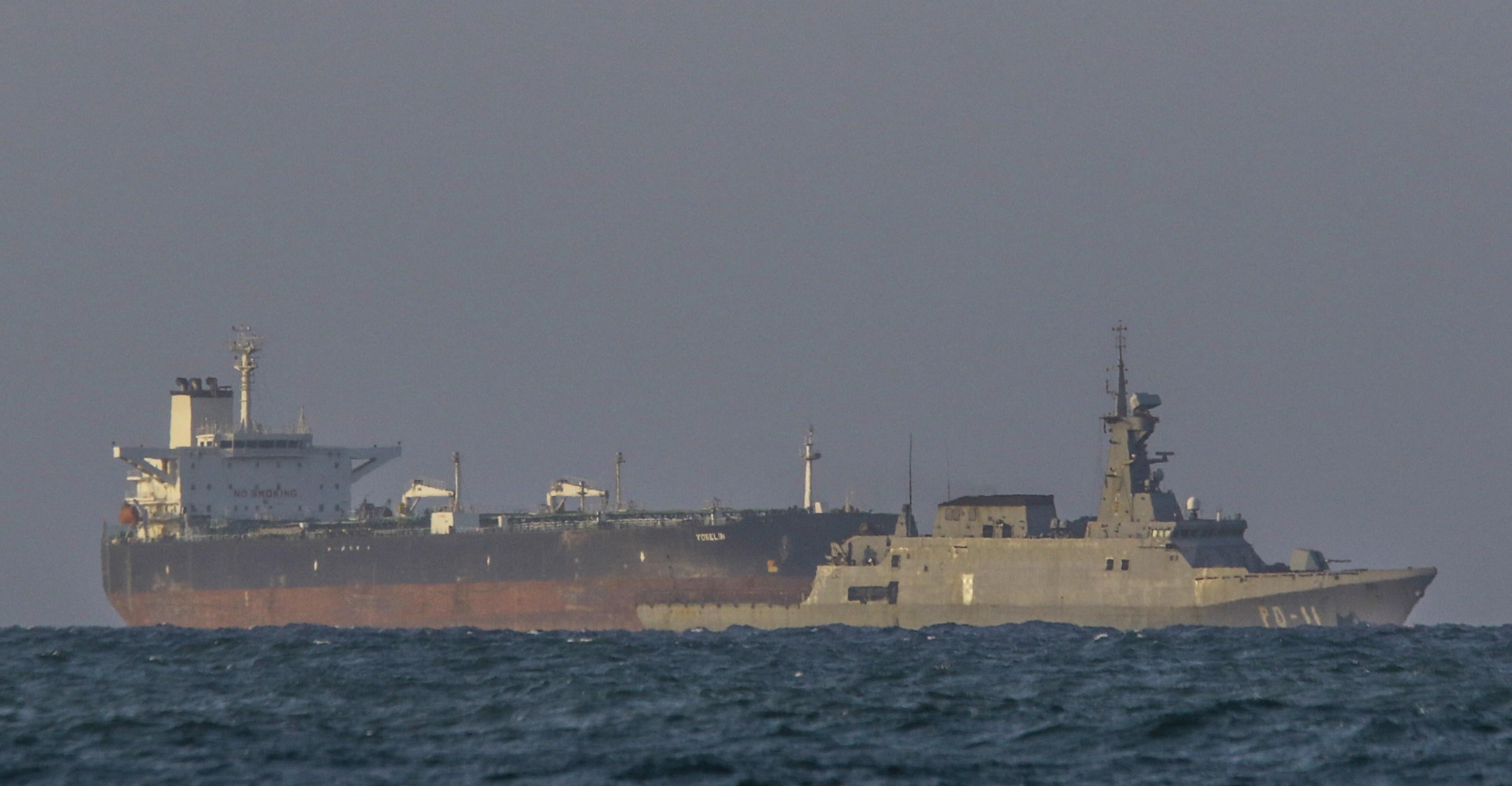
The global shadow economy behind Trump’s latest move on Venezuela
- 17 hours ago

Mayor emphasises importance of waste-to-energy projects for Karachi
- an hour ago

Technical, vocational training system being aligned with int’l standards: PM Shebaz
- 10 hours ago
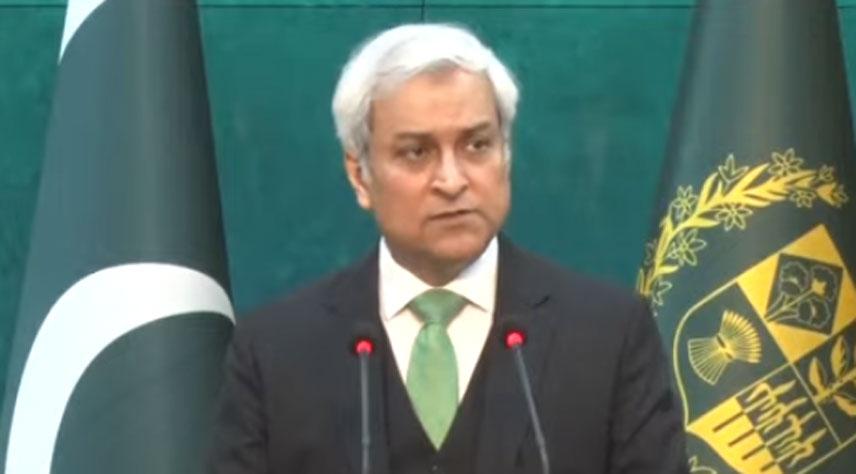
Pakistan voices concern over manipulation of flow of Chenab River by India
- 7 hours ago

Field Marshal Asim Munir pledges to cement defence ties with Libya
- 10 hours ago
Dolphins' McDaniel opens door to benching Tua
- 7 hours ago
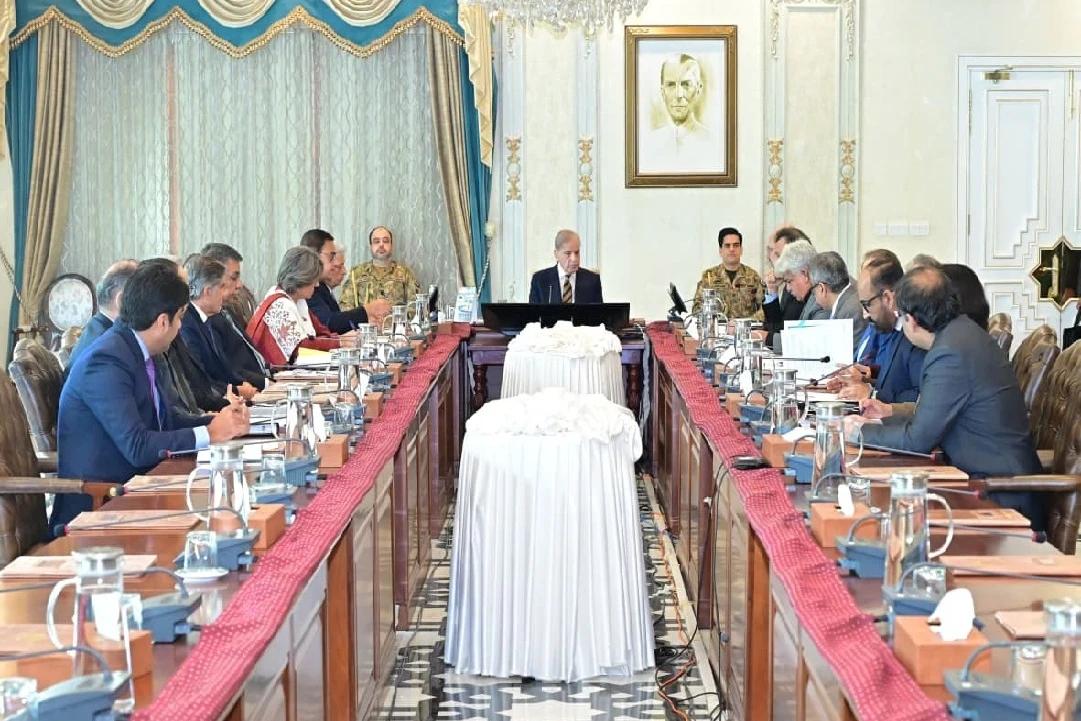
Prime Minister Shehbaz Sharif has approved Halal meat export policy
- 9 hours ago
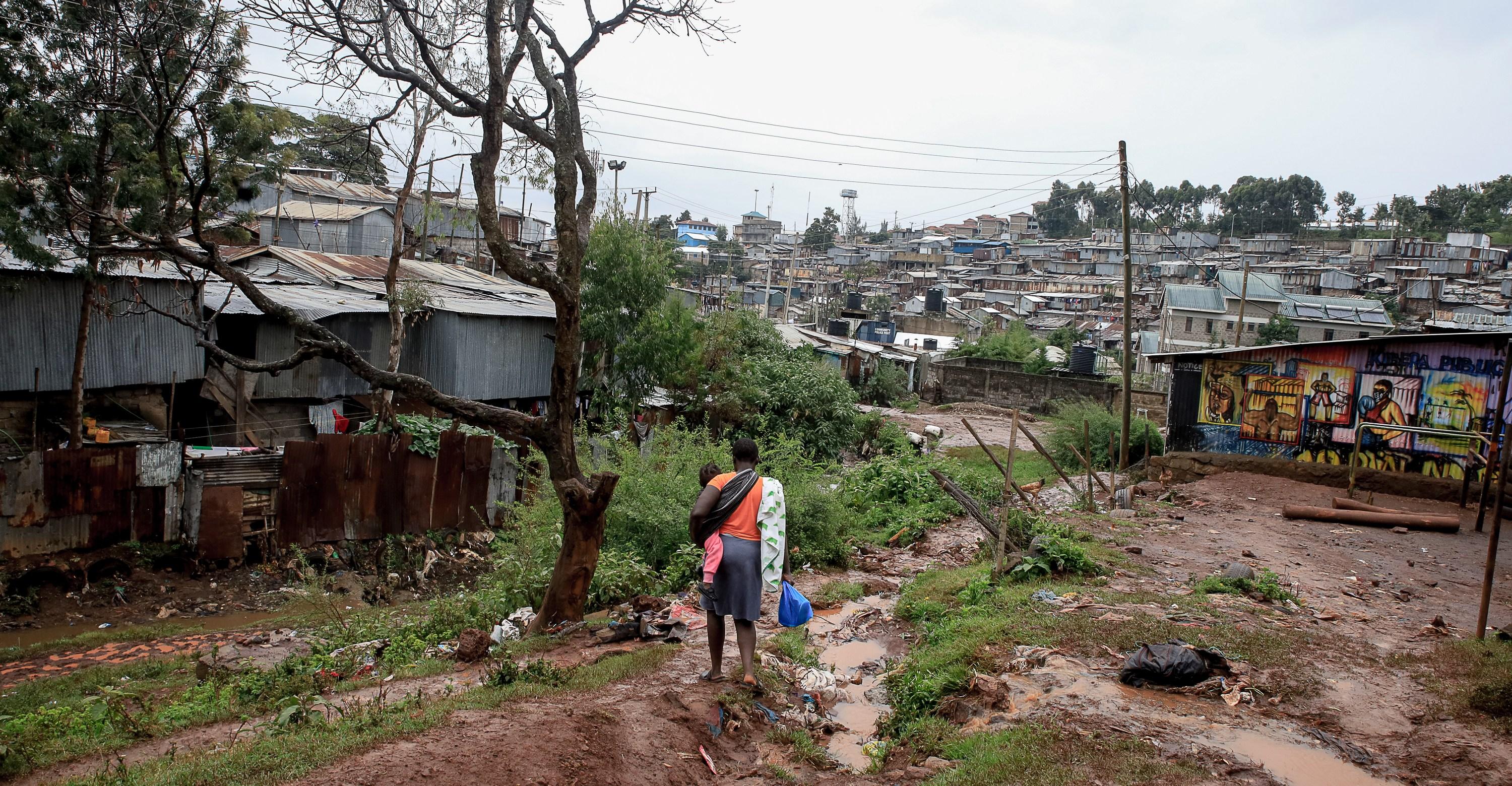
The low, low cost of ending extreme poverty
- 17 hours ago
Jets release receiver Lazard, last Rodgers-era link
- 7 hours ago

When your AI boyfriend gets you better than your spouse
- 8 hours ago
Browns LB Bush found not guilty in assault trial
- 7 hours ago
25% Decline in foreign investment in Pakistan:State bank report
- 4 hours ago

